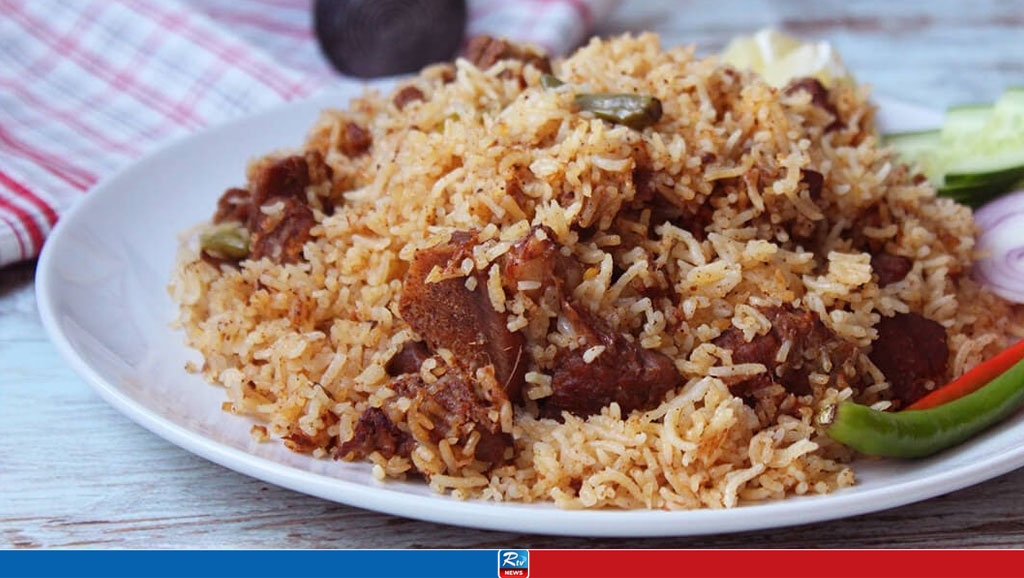As the new year dawns, people across the globe celebrate with unique rituals and foods, each believed to bring good luck, prosperity, and happiness for the year ahead. These culinary traditions are rich in symbolism and reflect the diverse cultures and beliefs of different countries. Here's a look at some of the foods consumed at the start of the new year in various parts of the world:
Spain: Twelve Grapes
In Spain, people eat 12 grapes at midnight, one for each stroke of the clock. Each grape represents a month of the coming year, and they believe that eating them will bring good fortune and prosperity.
Japan: Soba Noodles
On New Year's Eve, the Japanese enjoy a bowl of Toshikoshi Soba, a long noodle dish. The noodles symbolize longevity and stability, wishing for a long and prosperous year.
United States (Southern Tradition): Hoppin' John
A major New Year's food tradition in the American South, Hoppin' John is a dish of pork-flavoured field peas or black-eyed peas (symbolizing coins) and rice, frequently served with collards or other cooked greens (as they're the colour of money) and cornbread (the colour of gold). The dish is said to bring good luck in the new year.
Different folklore traces the history and the name of this meal, but the current dish has its roots in African and West Indian traditions and was most likely brought over by slaves to North America. A recipe for Hoppin' John appears as early as 1847 in Sarah Rutledge's ''The Carolina Housewife'' and has been reinterpreted over the centuries by home and professional chefs.
The dish reportedly got its name in Charleston, South Carolina, and it is a veritable staple of Lowcountry cooking.
Philippines: Round Fruits
In the Philippines, round fruits such as oranges and grapes are eaten on New Year's Day. The round shape is associated with coins, symbolizing financial prosperity for the year ahead.
Italy: Lentils and Sausages
Italians traditionally enjoy lentils on New Year's Day because their shape resembles coins, representing financial success. Sausages are also consumed as a symbol of good health.
China: Dumplings and Fish
In China, dumplings are a must for the New Year celebration, as they symbolize good luck. Fish is also eaten, symbolizing wealth and prosperity.
Brazil: Beverages
In Brazil, influenced by European customs, people eat 12 grapes or pomegranate seeds with the 12 chimes of the new year, similar to Spanish and Portuguese traditions. Additionally, rice and beans are common on the dining table. The idea is that rice and beans symbolize economic progress.
In the evening, people gather to drink cocktails made from various fruit juices while dancing the samba on the beach.
Greece: Vasilopita Cake
In Greece, Vasilopita, a cake with a hidden coin, is served. The person who finds the coin is believed to be blessed with good fortune for the year.
South Korea: Tteokguk Soup
In Korea, families gather to enjoy Tteokguk, a soup made with rice cakes, meat, eggs, seaweed, and vegetables. Eating the soup is believed to bring a year of health and prosperity.
Germany: Pig's Feet and Lemon Rings
In Germany, people eat pig's feet, symbolizing good luck, and lemon rings, which represent the continuity of life. "Sugar pigs" made of sugar and almonds are also a festive treat.
Mexico: Tamales
Mexicans celebrate the new year with tamales, a traditional dish wrapped in corn husks filled with meats, cheese, and other ingredients. Rosca de Reyes, a cake with fruit preserves and powdered sugar, is another popular food for the occasion.
Argentina: Beans
In Argentina, beans are a significant part of the New Year's meal. They represent prosperity, as beans are an important crop, and eating them is thought to bring financial success.
Netherlands: Oliebollen
In the Netherlands, fried oil balls, or Oliebollen, are sold by street carts and are traditionally consumed on New Year's Eve and at special celebratory fairs. They are doughnut-like dumplings, made by dropping a scoop of dough spiked with currants or raisins into a deep fryer and then dusted with powdered sugar.
In Amsterdam, be on the lookout for Oliebollenkraams, little temporary shacks or trailers on the street selling packets of hot fried Oliebollen.
Poland and Scandinavia: Pickled Herring
Because herring is in abundance in Poland and parts of Scandinavia and because of their silver colouring, many in those nations eat pickled herring at the stroke of midnight to bring a year of prosperity and bounty.
Some eat pickled herring in cream sauce while others have it with onions.
One special Polish New Year's Eve preparation of pickled herring, called Sledzie Marynowane, is made by soaking whole salt herrings in water for 24 hours and then layering them in a jar with onions, allspice, sugar and white vinegar.
Scandinavians will often include herring in a larger midnight smorgasbord with smoked and pickled fish, pate and meatballs.
Denmark and Norway: Kransekage
Kransekage, or wreath cake, is a cake tower composed of many concentric rings of cake layered atop one another, and they are made for New Year's Eve and other special occasions in Denmark and Norway.
The cake is made using marzipan, often with a bottle of wine or Aquavit in the centre and can be decorated with ornaments, flags and crackers.
Around the globe: King Cake
The tradition of a New Year's cake spans countless cultures. The Greeks have the Vasilopita, the French the gateau or galette des rois. Mexicans have the Rosca de Reyes and Bulgarians enjoy the banitsa.
Most of the cakes are consumed at midnight on New Year's Eve – though some cultures cut their cake on Christmas or the Epiphany, January 6 – and include a hidden gold coin or figure, which symbolizes a prosperous year for whoever finds it in their slice.
These diverse food traditions reflect the values and customs of each country, uniting families and communities in celebration while symbolizing hope for a prosperous year ahead.









 Live Tv
Live Tv




